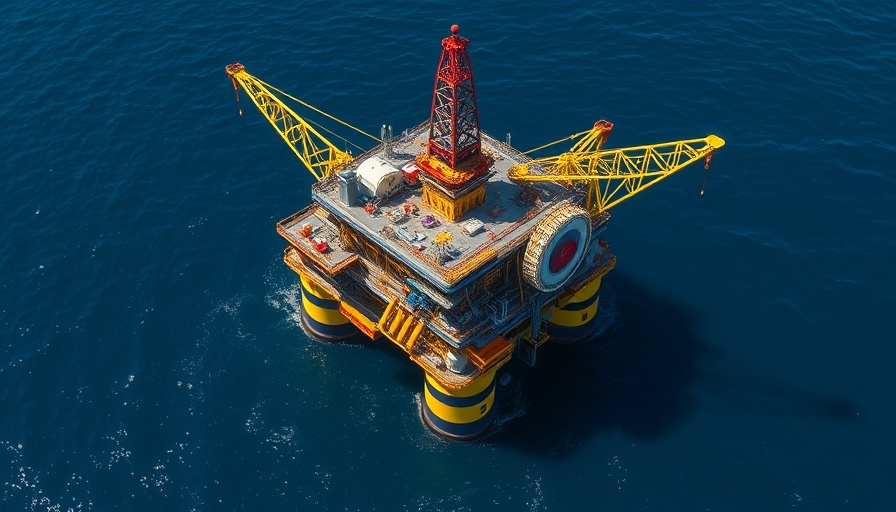
Understanding the Turmoil in the Offshore Wind Market
The landscape of offshore wind energy projects in the United States is undergoing significant turbulence, largely influenced by the actions of past political administrations. Philip Totaro, an expert in the offshore wind sector, highlights how decisions made during the Trump administration have fostered uncertainty and complexity within this burgeoning market.
The Ripple Effects of Policy Changes
Recent policies that have emerged in the wake of regulatory shifts are altering the trajectories of various offshore wind projects. With vital initiatives being delayed or derailed entirely, project developers face increased challenges in achieving efficiency and maintaining cost management. This scenario mirrors the upheaval faced by the construction industry at large when grappling with last-minute policy changes, often reflected in rising costs and extended project timelines.
Innovations in Coastal Construction: A Silver Lining?
While political decisions can dampen momentum, technological advancements in construction, such as automation and sustainable practices, provide a possible pathway forward for companies involved in offshore wind projects. Investing in innovative solutions can enhance project efficiency and mitigate some challenges posed by the market's turmoil. Companies that embrace these technologies may find themselves at a competitive advantage, driving quality outcomes even amid uncertainty.
What This Means for Construction Stakeholders
For clients of commercial construction companies, understanding the nuances of ongoing turmoil within the offshore wind market is crucial. This knowledge impacts project feasibility, cost estimates, and overall timelines. Stakeholders must be proactive in adapting their strategies and approaches, ensuring their initiatives are not caught in the tempest of political unpredictability.
A Call for Collaboration and Adaptability
As the offshore wind market evolves, collaboration among industry players will be pivotal. Construction companies must engage with policymakers, community stakeholders, and technological innovators to influence positive change. Together, they can help navigate the complexities of project management while ensuring sustainable building practices remain at the forefront.
Future Trends in Offshore Wind Projects
What does the future hold for offshore wind in the U.S.? Amidst current challenges, experts anticipate resilience through innovation and enhanced regulatory frameworks. The key will be balancing project viability with the community and environmental considerations, allowing for the sustainable growth of this vital energy sector.
 Add Row
Add Row  Add
Add 




Write A Comment